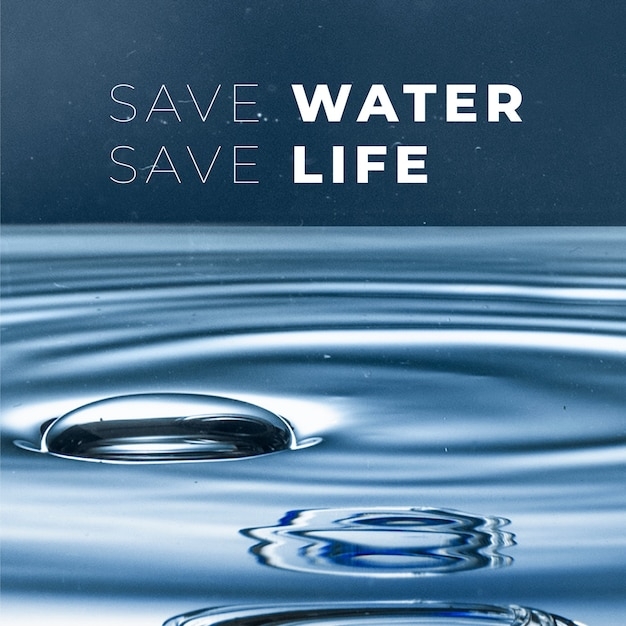A Lifeline for All: The Right to Water and Sanitation

The right to water and sanitation is a fundamental human right that recognizes the essential nature of clean water and adequate sanitation services for all individuals. This right ensures access to safe, sufficient, affordable, and physically accessible water and sanitation facilities, without discrimination. In this blog post, we will explore the definition, historical context, challenges, and ways to contribute to the realization of the right to water and sanitation.

The right to water and sanitation was officially recognized by the United Nations General Assembly in 2010 as a distinct human right. It is derived from the broader right to an adequate standard of living, as enshrined in international human rights instruments such as the Universal Declaration of Human Rights and the International Covenant on Economic, Social, and Cultural Rights. This right obliges governments and relevant stakeholders to ensure the availability, accessibility, quality, affordability, and acceptability of water and sanitation services for all individuals.

The right to water and sanitation was officially recognized by the United Nations General Assembly in Resolution 64/292 in 2010. It is regulated and monitored by the United Nations Human Rights Council (UNHRC) and various other UN entities, including the United Nations Children's Fund (UNICEF) and the World Health Organization (WHO).
The Significance of the Right to Water and Sanitation

The right to water and sanitation is of paramount importance as it directly affects human health, dignity, and overall well-being. Access to clean water and sanitation facilities is crucial for the prevention of waterborne diseases, the maintenance of personal hygiene, the provision of safe drinking water, and the preservation of human dignity. Additionally, this right contributes to poverty reduction, gender equality, and sustainable development, as it enables individuals to engage in education, work, and other socio-economic activities.
Throughout history, access to clean water and sanitation has been a matter of survival and public health. The development of urban water supply and sanitation systems in ancient civilizations such as the Indus Valley and Roman Empire ensured the well-being and sustainability of communities. In more recent times, the provision of safe drinking water and sanitation services has been a focus of international development efforts, including the establishment of the United Nations Sustainable Development Goal 6, which aims to ensure availability and sustainable management of water and sanitation for all by 2030.

Despite the recognition of the right to water and sanitation, challenges persist in its implementation globally. Some of the key challenges include:
- Lack of Infrastructure: Many communities, particularly in rural and marginalized areas, lack adequate water and sanitation infrastructure, making it difficult to access clean water and sanitation services.
- Water Scarcity: Water scarcity, caused by climate change, population growth, and mismanagement of water resources, poses a significant challenge to ensuring the availability of clean water for all.
- Poor Sanitation Practices: Inadequate sanitation facilities and poor hygiene practices contribute to the spread of waterborne diseases and public health issues, particularly in developing countries.
- Inequality and Discrimination: Certain groups, such as indigenous peoples, women, children, and people with disabilities, face disproportionate barriers in accessing clean water and sanitation services, perpetuating inequalities.
- Lack of Political Will and Investment: Insufficient political will, inadequate funding, and limited resources dedicated to water and sanitation infrastructure hinder progress in realizing the right to water and sanitation.
How to Contribute to the Right to Water and Sanitation

- Advocacy and Awareness: Raise awareness about the importance of the right to water and sanitation, and advocate for policies and initiatives that prioritize equitable access to clean water and sanitation services.
- Implementing Sustainable Solutions: Support initiatives that promote sustainable water management practices, including water conservation, wastewater treatment, and the use of innovative technologies to ensure the availability of clean water for all.
- Collaboration and Partnerships: Encourage collaboration among governments, civil society organizations, and private sectors to pool resources and expertise in addressing water and sanitation challenges, especially in marginalized communities.
- Education and Capacity Building: Promote education and awareness programs on hygiene practices, water conservation, and sanitation standards to empower individuals and communities in maintaining their own water and sanitation systems
- Policy and Legal Reforms: Advocate for the development and implementation of policies and legal frameworks that prioritize the right to water and sanitation, ensuring access for all and addressing existing inequalities and discrimination.
- International Support: Support international efforts, such as the work of UNICEF, WHO, and other organizations, in providing technical assistance, funding, and resources to countries facing water and sanitation challenges.

The right to water and sanitation is a fundamental human right that ensures access to clean water and adequate sanitation facilities for all individuals. By recognizing and actively promoting this right, we can address public health concerns, reduce poverty, and foster sustainable development. Through advocacy, sustainable solutions, collaboration, education, policy reforms, and international support, we can contribute to the realization of this right and create a world where every individual has access to clean water and sanitation, ultimately improving the quality of life for all.
Sources
- Resolution 64/292: The Human Right to Water and Sanitation. (2010). United Nations General Assembly.
- Universal Declaration of Human Rights. (1948). United Nations. Retrieved from https://www.un.org/en/universal-declaration-human-rights/
- International Covenant on Economic, Social and Cultural Rights. (1966). United Nations. Retrieved from https://www.ohchr.org/en/professionalinterest/pages/cescr.aspx
- United Nations Human Rights Council (UNHRC). (n.d.). Retrieved from https://www.ohchr.org/en/hrbodies/hrc/pages/hrcindex.aspx
- United Nations Children's Fund (UNICEF). (n.d.). Retrieved from https://www.unicef.org/
- World Health Organization (WHO). (n.d.). Retrieved from https://www.who.int/
- United Nations Sustainable Development Goal 6: Clean Water and Sanitation. (n.d.). Retrieved from https://sustainabledevelopment.un.org/sdg6









